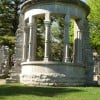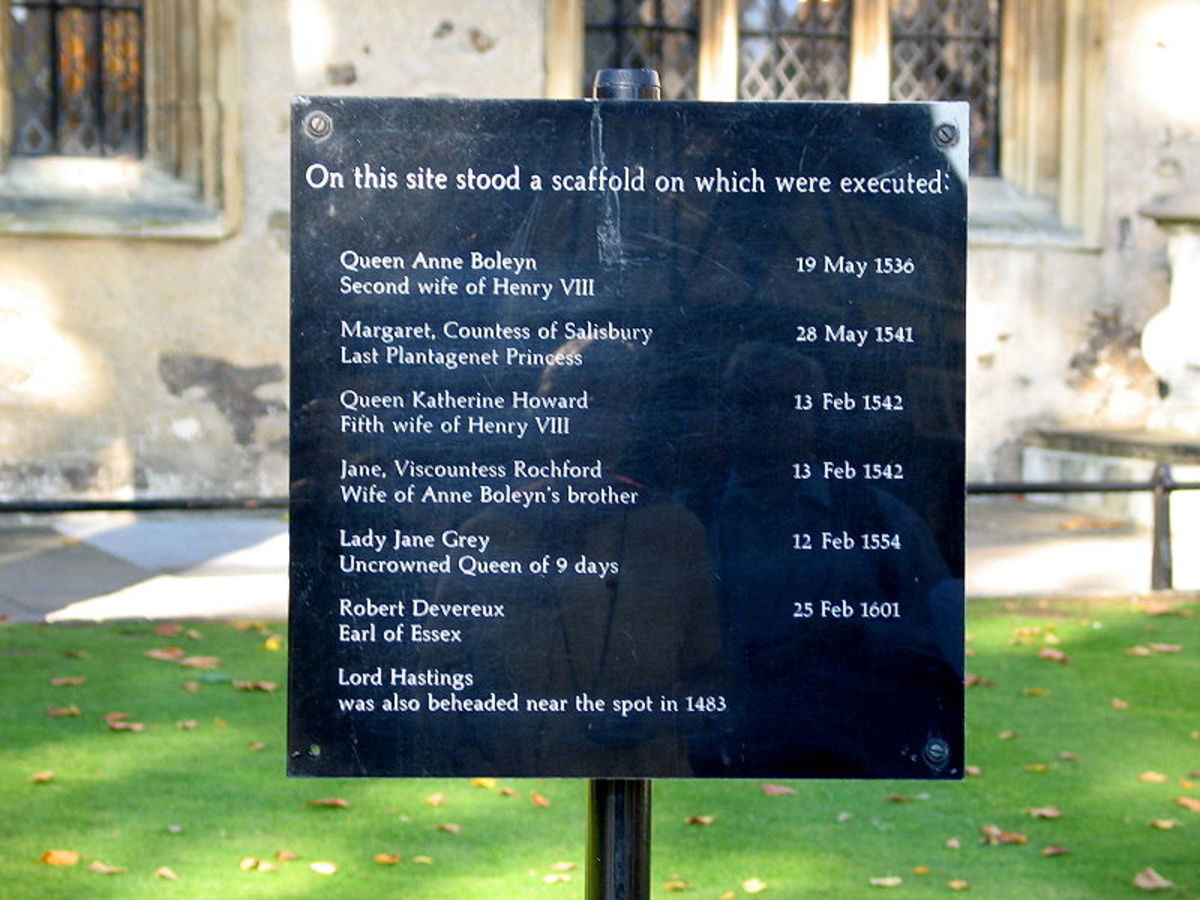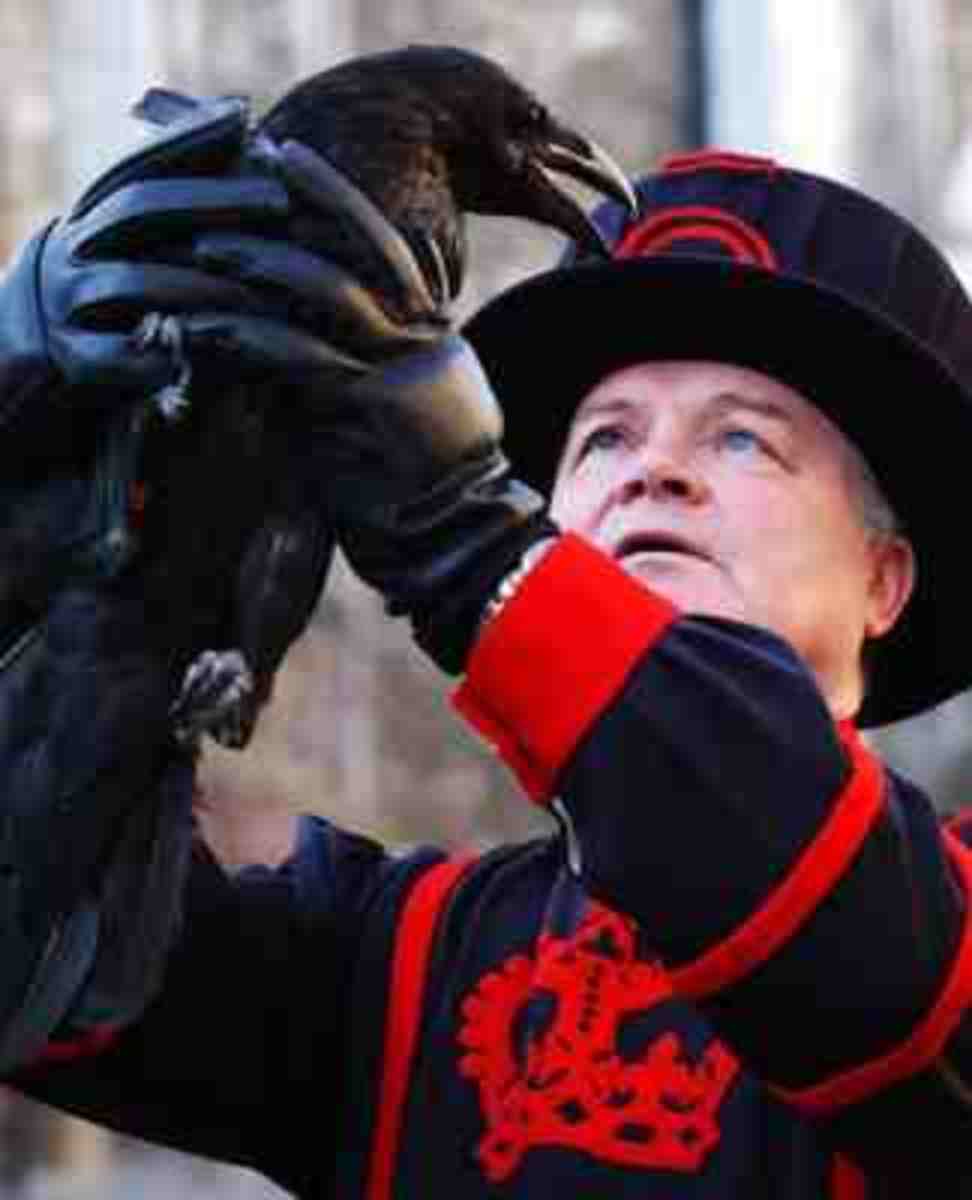- HubPages»
- Travel and Places»
- Visiting Europe»
- United Kingdom»
- England
Visiting the Queen Eleanor Memorial Cross, Charing Cross, London, England: By Edward Barry, Completed 1865
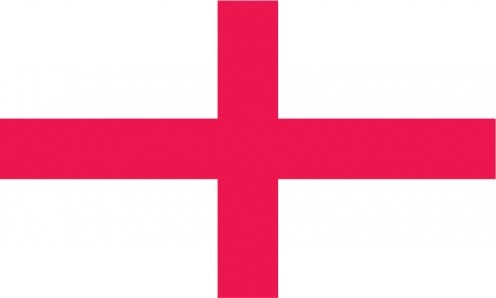
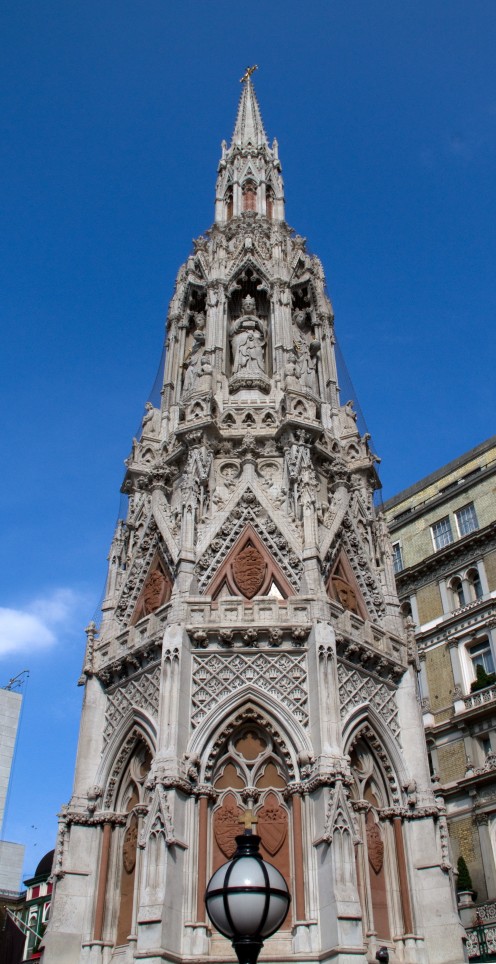
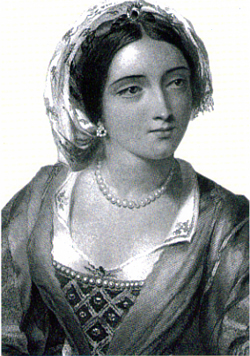
Recalling Medieval history in Gothic style
Dating from 1865, this structure is comparatively 'modern' compared with its antecedent! On the death of Queen Eleanor of Castile in 1290, King Edward I ordered that a series of monumental crosses be built at various localities in southern England (1).
This strongly Gothic construction, with pointed arching and pinnacles, is the work of Edward Barry (1830-1880). For his work, which purported to reproduce its 13th century antecedent which originally stood in what is now Trafalgar Square, 200 metres away, Architect Barry (2) drew on various sources, including historic documents and the design of the tomb of Eleanor in Westminster Abbey.
The Queen Eleanor Memorial Cross stands outside Charing Cross Station in Central London. The word Charing originally referring to a village absorbed by London in the Middle Ages.
The life of Eleanor of Castile (1241-1290) exemplifies the international links of Edward I and the influence of England in Continental Europe in the Middle Ages. Her Spanish background and her ownership of lands in France - Gascony and Ponthieu - testify to the politically advantageous aspects for Edward of his union with Eleanor. She is known to have accompanied Edward on a Crusade to Palestine in 1271-1272.
Interestingly, in her lifetime Eleanor is thought to have been somewhat unpopular; but the fact that she inspired the various Eleanor Crosses after her death took a very significant place in collective memory. She is also thought in her day to have been a shrewd businesswoman.
May 17, 2017
Notes
(1) The Eleanor Crosses, built at the end of the 13th century, numbered 12 in all, and were supposed to mark the nightly resting places of the remains of Queen Eleanor, who died near Lincoln, transported to Westminster Abbey for entombment.
(2) Edward Barry was assisted by Arthur Ashpitel (1807-1869). Other works by Edward Barry include the Charing Cross Hotel (also completed in 1865) at Charing Cross Station, Halifax Town Hall, and many others.
Some sourcing: Wikipedia
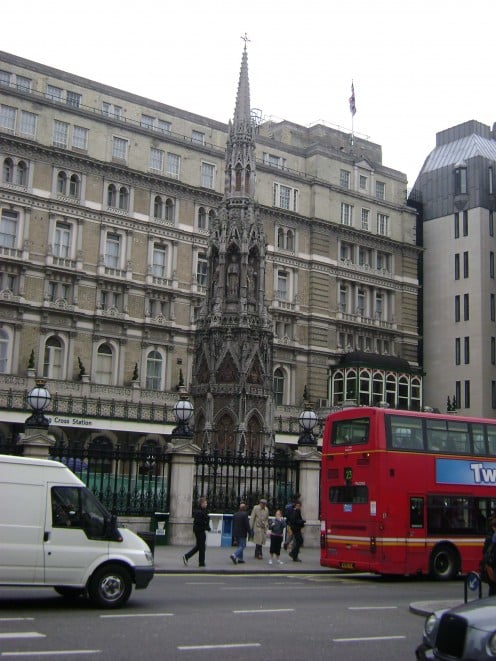
Also worth seeing
London has such huge numbers of visitor attractions that I will refer to only a small fraction of the principal ones; these include: Trafalgar Square; the Houses of Parliament at the Palace of Westminster; Westminster Abbey (where Queen Elizabeth II was crowned and where Prince William and Kate Middleton were married); St. Paul's Cathedral; the Royal Albert Hall; and so many others.
...
How to get there
United Airlines flies from New York Newark Airport to London Heathrow Airport, where car rental is available. Underground and train services link Heathrow Airport with Central London. Close to the Queen Eleanor Memorial Cross are Charing Cross Railway and Underground stations. Please note that some facilities may be withdrawn, without notice. Please check with the airline or your travel agent for up to date information.
MJFenn is an independent travel writer based in Ontario, Canada
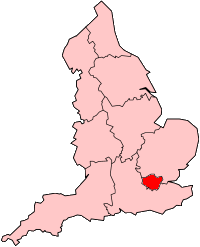
Other of my hubpages may also be of interest
- Visiting the Former Charing Cross Hotel, London, England: By Edward Barry, Completed in 1865, With a
The former Charing Cross Hotel building in a central London, England location, close to Trafalgar Square, is often overlooked; but its fine features date from 1865, the work of architect Charles Barry, from a distinguished family of building designer - Visiting Canada House, London, England: Splendid, Canadian Hub on Historic Trafalgar Square
This Greek Revival building by Sir Robert Smirke, facing London's famous Trafalgar Square, dates from the early 19th century, but for many decades has had a remarkable historic association with Canada
